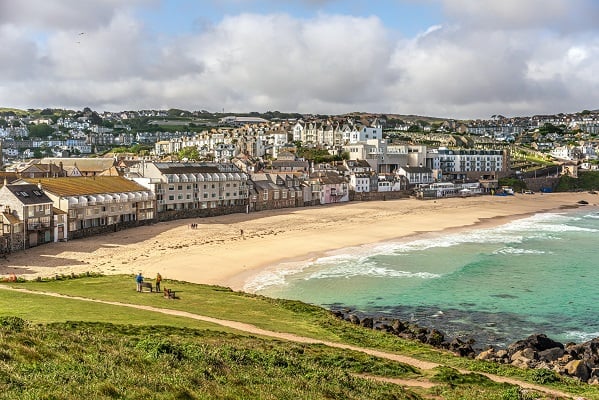There is a concern that the property market in England is already overheating because of the temporary lower SDLT rates and the “race for space” as many office workers realise that working from home may be coupled with more space if they move away from the inner cities or even the traditional commuter belt. But could this trend be amplified?
On 12 October 2020, the Bank of England wrote to the Chief Executive Officers of UK banks requesting specific information about each bank’s “readiness to deal with a zero Bank Rate [or] a negative Bank Rate.”
With the Bank of England’s interest rate already set at a historic low of 0.1% (since 19 March 2020), the letter indicates that a once-unthinkable decision to cut the rate to zero, or even below zero, may be around the corner.
A decision to turn the Bank of England’s interest rate negative would create a strange, upside-down world in which commercial banks will be charged for depositing money with the Bank of England. Commercial banks may, in turn, pass these charges on to savers who could see the money they hold in savings accounts start diminishing in nominal and real terms. Although this would undoubtedly be bad news for savers, the flip-side is that short-term interest rates (such as building society mortgage rates) may also fall and the cost of borrowing is subsequently likely to reach an all-time low – and an interest rate of “zero” would really be an all-time low.
The monetary policy objective of any move to negative interest rates by the Bank of England would be to increase aggregate demand and move money out of bank accounts and into the economy as investments, loans and mortgages (on the simple basis of why keep money in a bank account today if you know by next week it will be worth less than it is today).
Obviously, there is a risk that this cash might simply flow out of the UK economy altogether because as a nation we are partial to a bit of internet shopping, but first and foremost an Englishman’s home is his castle and his desire to buy or expand that castle is great so it’s probably a safe bet to say that a lot of devaluing savings will be injected into bricks, mortar and land.
We have considered below whether the move is likely to have its desired effect and breathe new life into the UK housing market.
In theory
If interest rates drop below zero, the theory goes that both the UK mortgage markets and housing markets will receive a boost on the basis that:
· The costs of depositing money with the Bank of England will incentivise commercial banks and building societies to invest and lend more
· It will never have been easier or cheaper for individuals to take out mortgages, so they will be more inclined to borrow money to finance the purchase of residential property
· The move to negative interest rates may result in the value of the pound sterling falling against other currencies and this will subsequently make the UK property market more attractive for overseas investors (perhaps off-setting in real terms recent UK tax changes, including non-resident SDLT).
If the theory holds true, negative interest rates will increase lending activity in the UK and those who take out negative interest rate mortgages could end up paying back less than they borrowed. Although it is unclear whether banks and buildings societies will set fixed-rate mortgages at a negative interest rate, it is noteworthy that when Denmark’s central bank made its interest rate negative, the third-largest bank in the country, Jyske Bank, provided a ten-year mortgage with a rate of minus 0.5%; the world’s first negative interest rate mortgage.
Although it may seem unimaginable for UK commercial banks to follow this approach, negative interest rate mortgages may prove to be relatively safe investments for UK banks in a difficult economy given the security created by the underlying property assets. (Although, in effect, this means that property values will have to keep on increasing.)
It is also worth mentioning that borrowers finding themselves in this position may well be expected to show the income from their borrowings on their tax returns.
In practice
It is likely, however, that the theory will not hold true and the introduction of negative interest rates will not herald either a major increase in lending activity or an increase in demand for mortgages.
· When negative interest rates have been introduced elsewhere, commercial banks have tended not to pass their costs on to ordinary savers. i.e. by paying them to borrow or charging them negative interest on their savings. Commercial banks have instead opted to increase banking fees and, in some cases, have simply scaled back lending (a result that would clearly be at odds with the Bank of England’s monetary policy objective)
· As commercial banks are obliged to maintain extensive reserves with the Bank of England in order to be prepared to meet a rise in demand for withdrawals, the move to negative interest rates would not flood the economy with new lending as surplus cash would continue to be deposited with the Bank of England
· Given the economic situation created by the COVID-19 pandemic and Brexit, commercial banks are likely to remain reluctant to lend to certain classes of borrower including those experiencing increased job uncertainty (for example, those working in service industries, such as hospitality and retail) and the self-employed.
Conclusion
It is arguable that negative interest rates could cushion the property market from the immediate uncertainties that 2021 might bring, but whether the shift in mindset needed by lenders, borrowers and savers is ready for such a bold move is a different matter






Leave a Comment